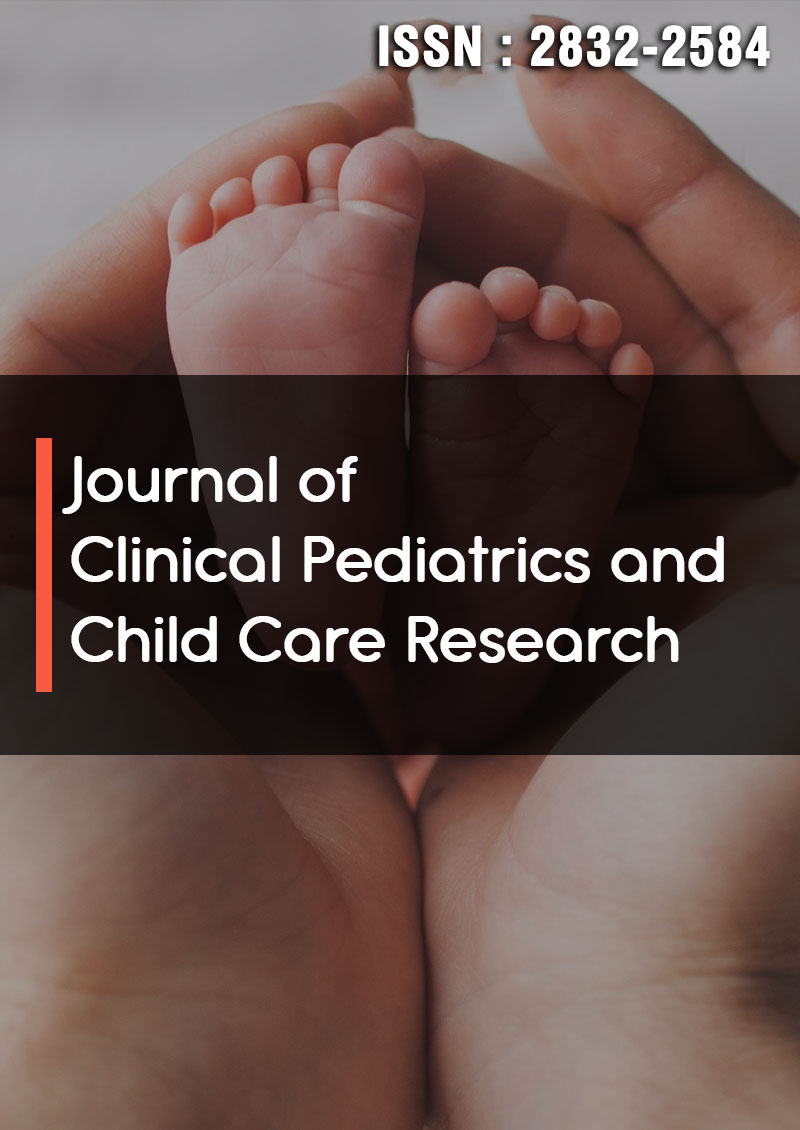Clubfoot Twin Study with Wearable GaitUp Sensors and Footscan V9
Abstract
Issler Wuthrich Ursula, Issler Christian, Exner G Ulrich and Joller Peter
Purpose: To control the therapeutic results in manual-dynamic physiotherapy for clubfeet we analyzed the gait pattern in children with clubfeet and their healthy twin siblings, aged between 3 and 13 years for GaitUp and 4 to 14 years for the footplate V9.
Methods: With the inertial GaitUp sensors and the footscan V9 pedobarographic plate the 11 twin-pairs were tested and statistically assessed. For the GaitUp sensors 22 parameters were considered and 10 parameters for the footplate V9. We analyzed the gait pattern for each child separately for both feet and in a second evaluation compared the affected feet with the ipsilateral feet of the healthy twins. The statistical comparisons were made with nonparametric methods. An additional twin girl treated with various therapies and her sister are included as a contrast.
Results: Especially in younger children, the gait pattern is not stabilized yet. Therefore, sometimes the healthy twins have inferior values in gait patterns than the affected siblings. Over the whole study there are only minor statistical differences between the affected group and the healthy group suggesting that with the manual-dynamic therapy the clubfeet children show a gait pattern statistically similar to the healthy group. Noteworthy are the less convincing results of the contrast twins.
Conclusion: Manual-dynamic physiotherapy can lead to a gait pattern equal to the one of unaffected children the same age. Our results do not support the statement that in one-sided clubfoot the other foot cannot be considered normal.




